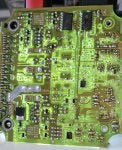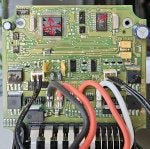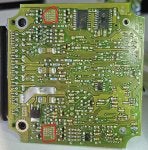Hello everybody,
Considering the many threads about the Integral brake system of the K1200 LT, and not wanting to be caught off my guard by a failure, I would be interessed to understand how it works.
Question has anyone a diagram or a technical description explaining the principles of this system and the fonctions of the different components.
Thank you
Bruno
Considering the many threads about the Integral brake system of the K1200 LT, and not wanting to be caught off my guard by a failure, I would be interessed to understand how it works.
Question has anyone a diagram or a technical description explaining the principles of this system and the fonctions of the different components.
Thank you
Bruno









